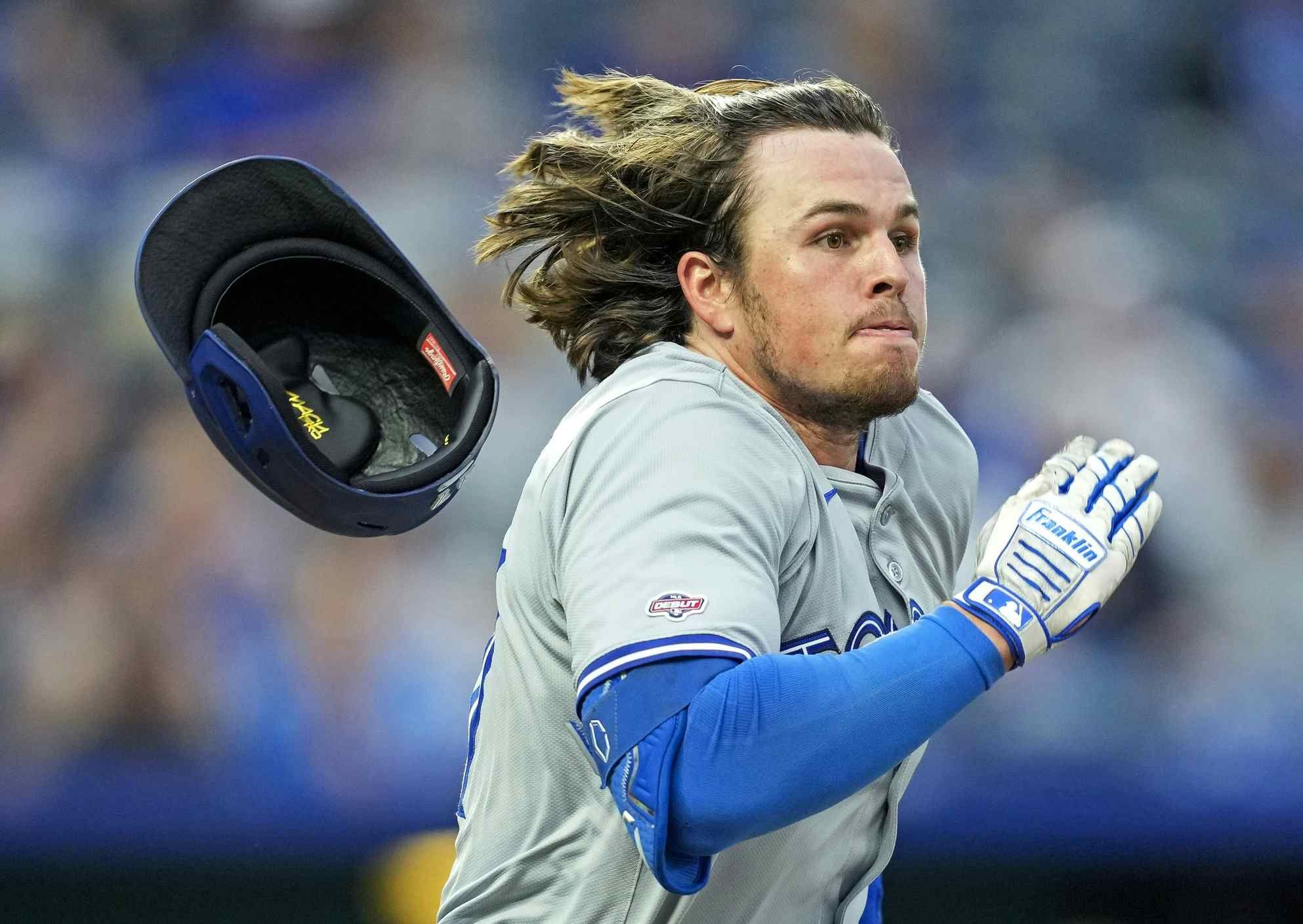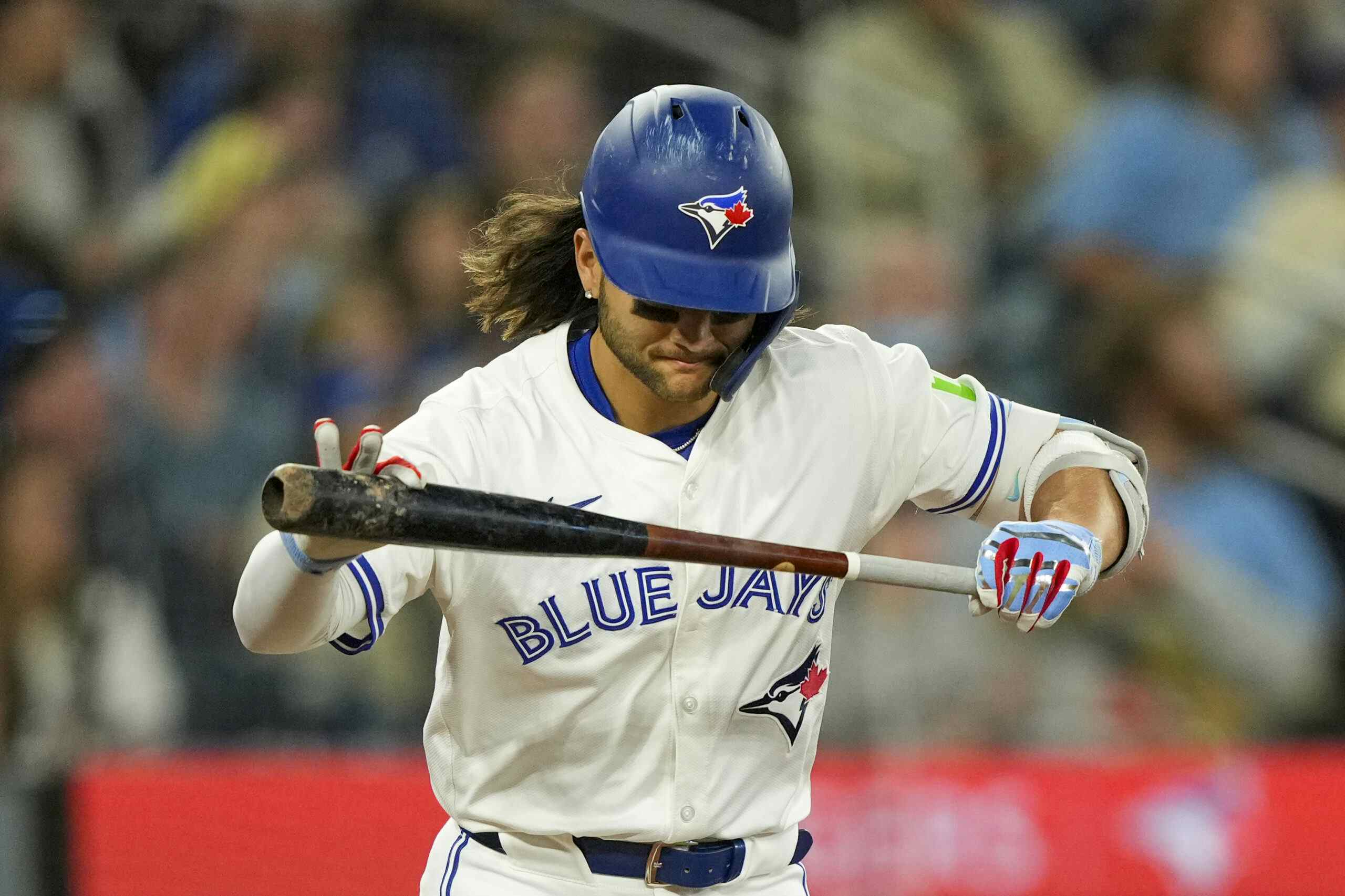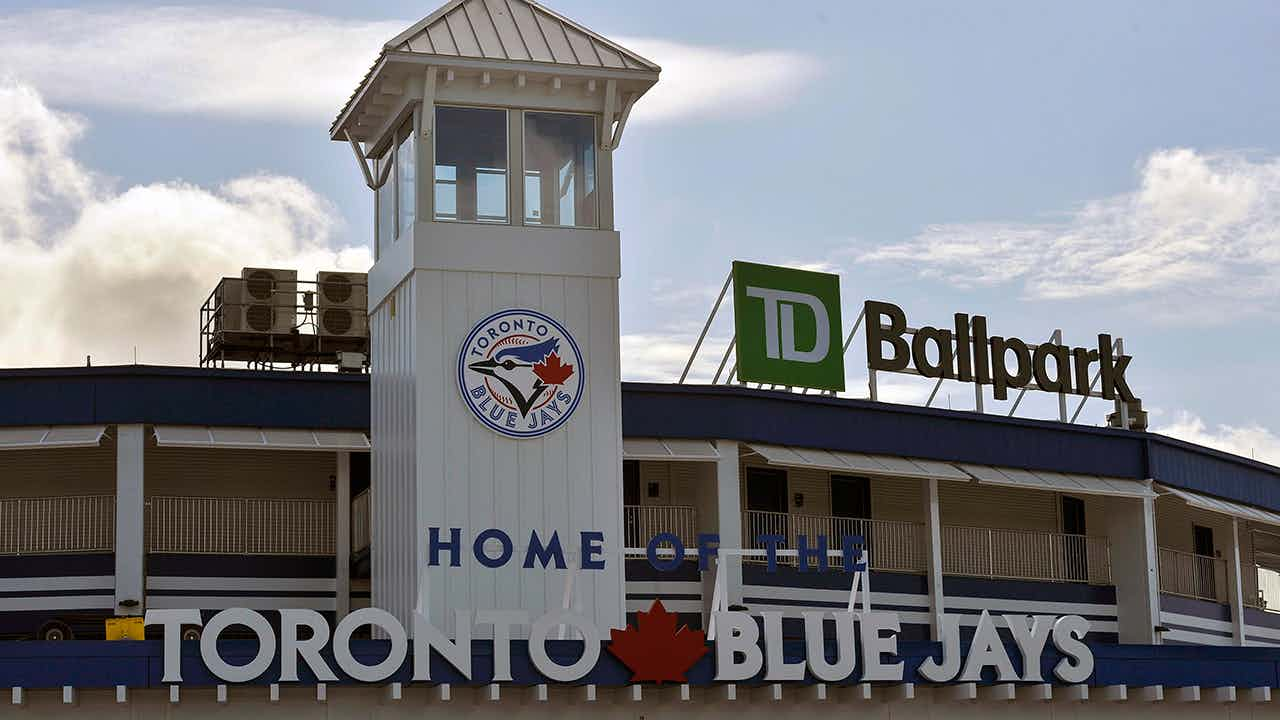Coming off injury-riddled season, 2022 is a pivotal year for Cavan Biggio
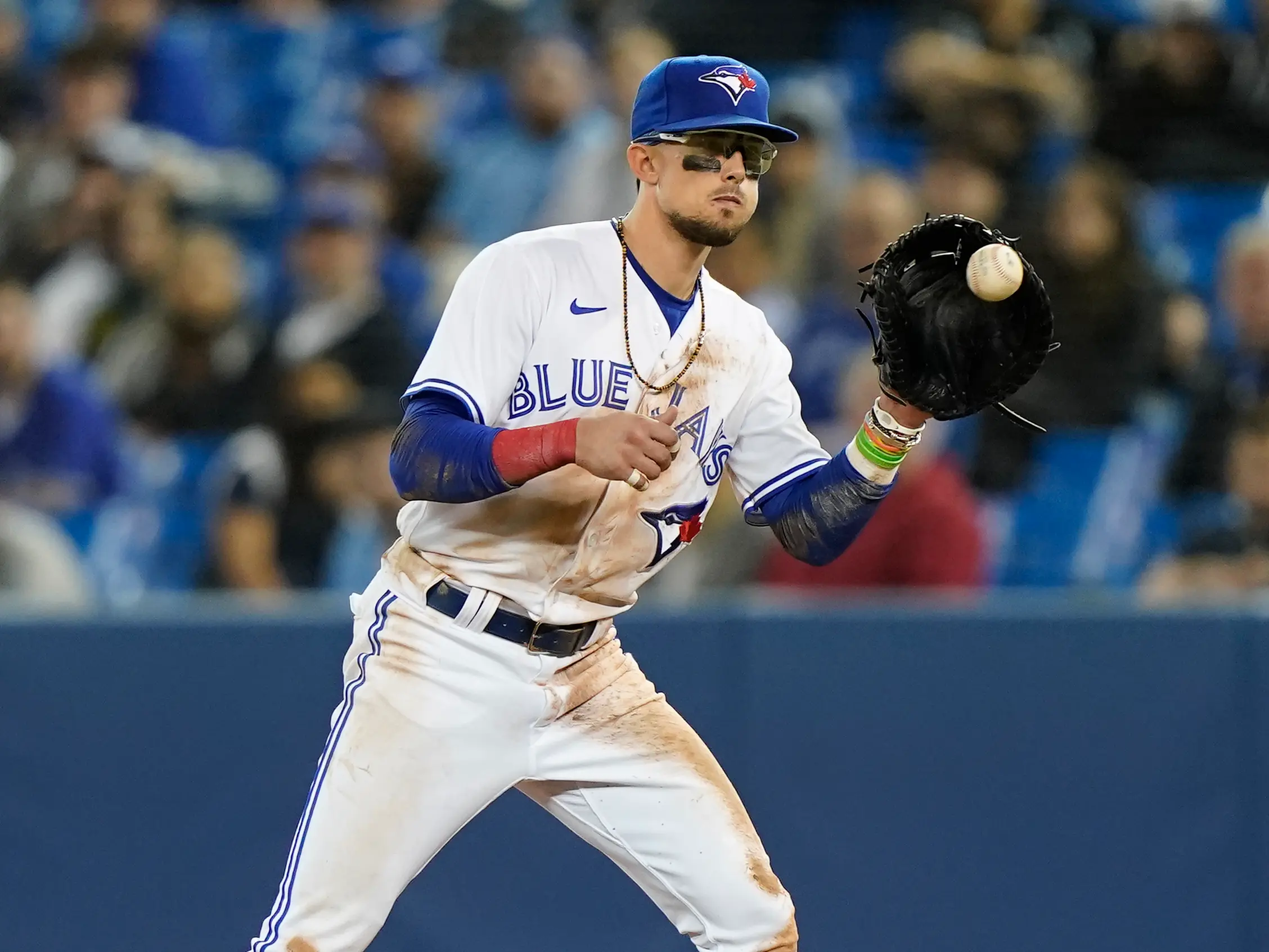
By Thomas Hall
2 years agoWith 2021 nearing an end, 2022 is expected to be another crucial year for the Toronto Blue Jays, especially for someone like Cavan Biggio.
After enjoying a productive 2020 campaign, where the 26-year-old posted a 122 wRC+ score and a 1.3 fWAR rating over 265 plate appearances, Biggio was aiming to build off that success as he entered last season as the club’s everyday third baseman.
Sadly, nothing went according to plan for the 6’2″ versatile infielder, resulting in the worst statistical performance of his young major league career.
Adding to his disappointing 84 wRC+ score and -0.1 fWAR rating, staying on the field also proved to be extremely challenging throughout the 2021 campaign, as Biggio dealt with multiple nagging injuries all year long. Beginning in spring training, the left-hander missed a sizeable chunk of time due to a sprained finger on his right throwing hand.
Shortly after his finger healed, unfortunately, the former fifth-round selection reinjured it nearly a month later against the Kansas City Royals, which saw a hardly-hit ground ball bounce up and strike his right hand. Though this incident didn’t cause him to spend any time on the injured list, he probably would’ve been better off missing some time rather than attempting to play through this injury.
Making matters worse, along with grinding through his finger injury, Biggio was also quietly dealing with a neck strain early on in the schedule and attempted to play through it, too. As we all know by now, that strategy didn’t work out well as he recorded a miserable .205/.315/.315 slashing line and a 74 wRC+ score before being placed on the injured list in May.
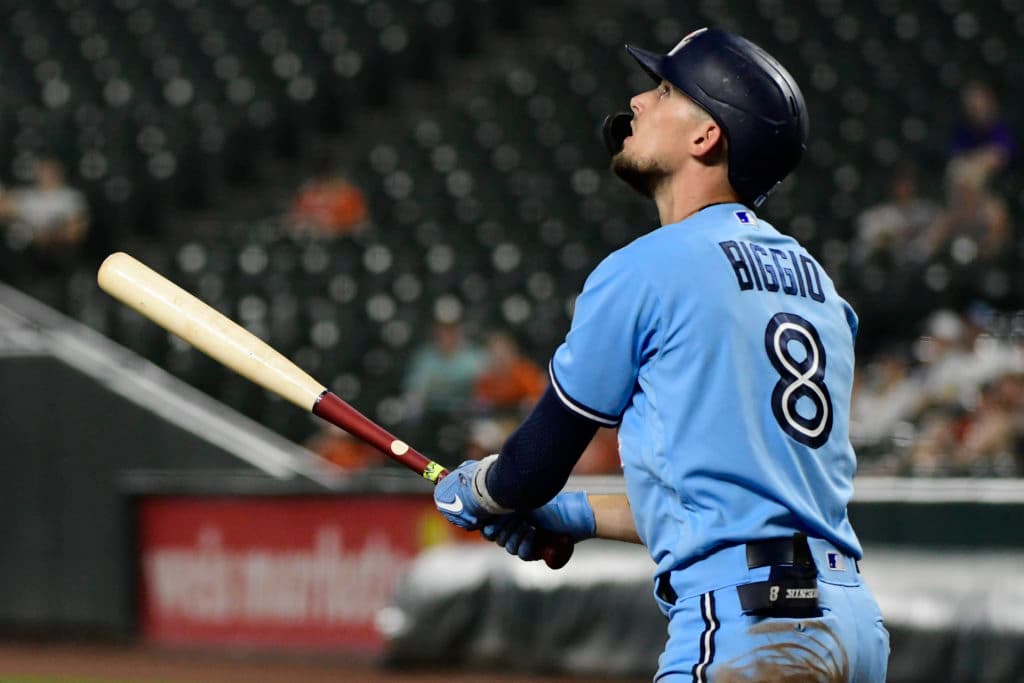
Credit: Tommy Gilligan-USA TODAY Sports
With Biggio sidelined, that opened the door for teammates Joe Panik and Santiago Espinal to share the starting duties at third base. But after a brief time, it was Espinal who proved worthy of assuming a much larger role through the rest of the season.
Even after Biggio returned from the IL in June, it wasn’t long before he required another lengthy stint away from the team, this time due to a back strain and a UCL strain in his left elbow. As a result, the left-handed infielder largely missed the remainder of the campaign, failing to return for more than a pair of games at the start of October.
Thanks to his inability to stay healthy, the Texas native’s future remains fairly uncertain, including his status with the Blue Jays organization. Right now, it’s unclear as to if he’ll still be a member of this franchise when spring training rolls around, especially considering all-star players like Jose Ramirez and Matt Chapman are expected to be available when this current lockout ends.
If that proves to be the case, it seems reasonable to assume the front office could potentially utilize Biggio as a trade chip – among other notable pieces – to make a dramatic upgrade at third base.
But if the Notre Dame standout were to remain with Toronto, there’s no question he’d have plenty to prove next season, beginning with his health status. After being limited to just 294 plate appearances over 79 games in 2021 – most of which saw him playing injured – it’ll be critical to show he’s capable of staying on the field for the majority of the schedule.
In addition, Biggio will also be tasked with answering questions regarding his role on the team. Most notably, determining if he’s more valuable as a part-time or full-time player? What about where he’s positioned? Should the coaching staff continue utilizing him at numerous positions? Or just in the infield?
Since none of these questions have been answered during his first two and a half seasons in the majors, they’ll need to be addressed, or at least, they should be next season.
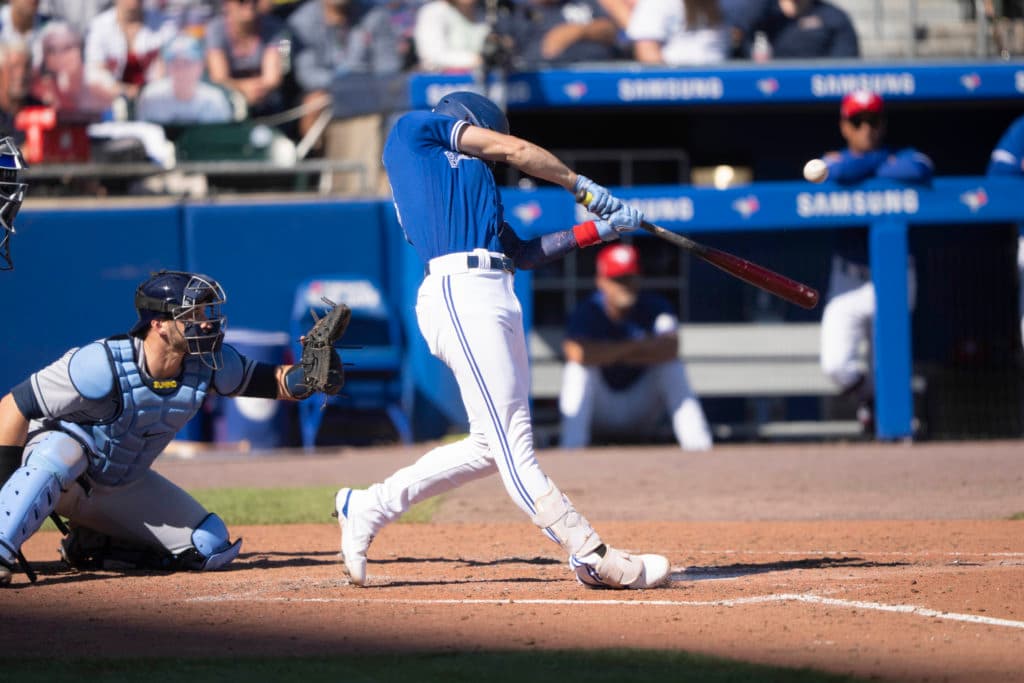
Credit: Gregory Fisher-USA TODAY Sports
How can Biggio accomplish that feat? Well, for starters, he must focus on the biggest aspect of his offensive arsenal – his plate discipline. Once the youngster made his major league debut back in 2019, immediately, one of the first things that jumped out was his stellar ability to control the strike zone.
From 2019-2020, the former Fighting Irish didn’t chase outside the zone more than 14 per cent of the time, ultimately earning him an impressive 16.1 per cent walk rate during that span. Additionally, he also worked several deep counts and rarely ever swung at the first pitch, resulting in an 18.5 per cent first-pitch swing rate.
Unlike either of those two seasons, Biggio became much more aggressive in 2021 for some reason – perhaps it was some frustration caused by his injury woes or ineffectiveness at the plate. Either way, it was very unusual to watch him register career-worsts involving his walk rate (12.6 per cent), chase rate (18.5 per cent) and first-pitch swing rate (26.5 per cent).
If the soon-to-be 27-year-old plans to bounce back strong next season, staying healthy and rediscovering his elite plate discipline should serve as solid starting points.
Expanding on Biggio’s weaknesses from this past season, driving balls to right field – his pull side – was another major area of concern throughout his injury-riddled performance. In the past, the lefty hitter would pull the majority of his batted balls, but in 2021, he largely directed them to all three fields.
| Pull% | Centre% | Opposite% | |
| 2019 | 49.4 | 32.6 | 18.0 |
| 2020 | 47.2 | 30.8 | 22.0 |
| 2021 | 35.0 | 35.6 | 29.4 |
Normally, spreading the ball across all three parts of the outfield would be a positive thing, but based on Biggio’s recent injury history, it seems like this may have been something that was plaguing him rather than assisting.
Since the former top prospect largely spent last season playing through injuries, it’s likely safe to assume he was forced to adjust his hitting tendencies to accommodate for those physical shortcomings. With that in mind, this would certainly explain why his batted balls were largely sent to left and centre field rather than to his pull side.
Further to this, considering Biggio spent extended periods on the IL, it’d be completely understandable for his timing at the dish to be out of sync for most of the season. Paired with his injury woes, that could provide a clear explanation for the decreased amount of balls that were directed to right field.
Unless the high on-base performer corrects these issues, chances are he’ll struggle to improve off his disappointing .322 OBP and .298 wOBA – both of which were career lows – from the 2021 campaign.
For Biggio, who’s projected to earn $1.7 million during his first year of arbitration in 2022, his value will only decrease moving forward if he doesn’t display signs of improvement next season. Set to become a free agent after 2025, if the Blue Jays are certain he isn’t part of their core long-term, it’d be beneficial to trade him in the near future.
While this organization values versatility, and there’s no doubt they’d benefit from holding onto a left-handed hitter, those two aspects might not be enough to keep management from including him in a package that could land Ramirez or Chapman. And rightly so.
At this point, regardless of whether Biggio opens the 2022 season with Toronto, it should serve as the most pivotal one of his career, which could potentially determine the next chapter of his baseball life.
Recent articles from Thomas Hall


